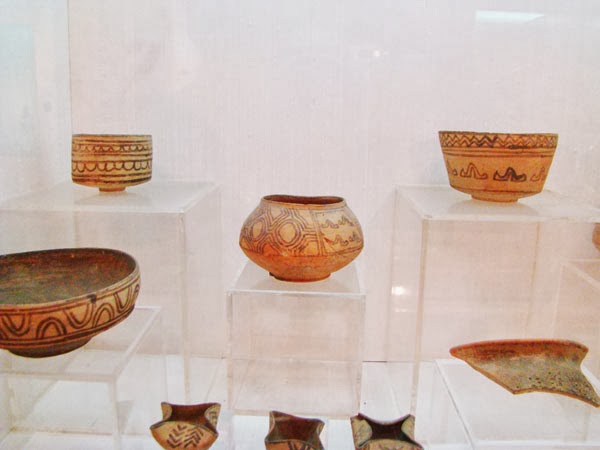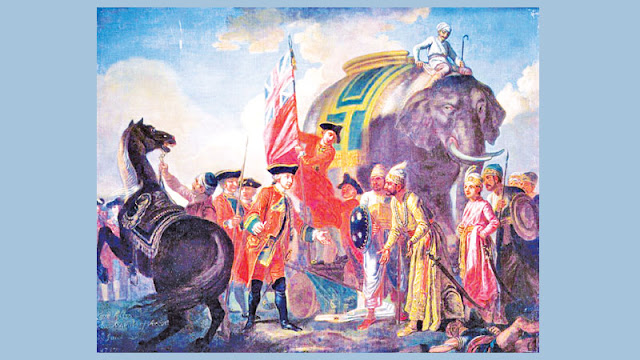Bhavabhuti, one of the greatest dramatists of ancient India
In importance, Bhavabhuti is second only to Kalidasa, the greatest Sanskrit poet and dramatist. He resided in the court of Yasovarman of Kanauj in the early 8 th century. Three of his plays have survived: Malati and Madhava ; The Deeds of the Great Hero ( Mahavircharita ); and “The Later Deeds of Rama” ( Uttararamcharita ). Bhavabhuti’s greatness rests on his deep understanding of sorrow. As a matter of fact, in his treatment of the pathetic, according to the critics, he edges past even Kalidasa. Malati and Madhava is a love story which tells the rescue of the heroine from the jaws of death for more than once. Mahavircharita and Uttararamcharita tell the story of Lord Rama. Bhavabhuti in his Uttararamcharita has concluded with the full reconciliation of Rama and Sita in place of the grim ending to the story in which Sita allows herself to be swallowed up by the earth to prove her innocence. .



